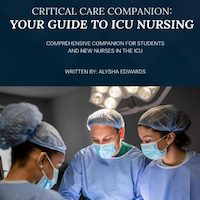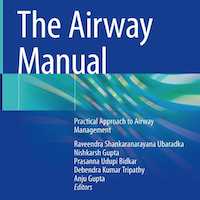Stories Category: Intensive Care
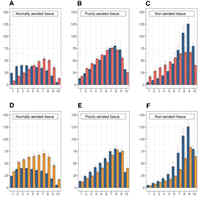
Oxygenation Responses Mechanisms to Proning and Recruitment in COVID-19 Pneumonia
In unresolving COVID-19 pneumonia, the respiratory mechanics and the gas-exchange response to prone positioning and recruitment largely depend on the following two factors: perfusion dysregulation and the amount of consolidated... read more
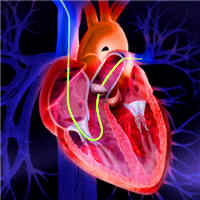
The Pulmonary Artery Catheter: A Solution Still Looking For a Problem
In 1970, Jeremy Swan, William Ganz, and colleagues published their seminal paper “Catheterization of the heart in man with use of flow-directed balloon-tipped catheter”. Few devices in our specialty have generated more... read more
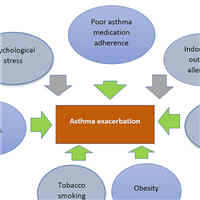
The Relationship Between Vitamin D and Asthma Exacerbation
Asthma is a chronic airway inflammatory condition that affects millions of people worldwide. It presents with reversible bronchoconstriction that makes it difficult for patients to breathe. Asthma flare-ups have several triggers,... read more
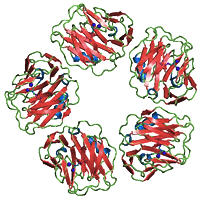
Higher CRP Rise Not Related To Cytokine Response
The higher C-reactive protein (CRP) rise with late parenteral nutrition (PN), explained by the early macronutrient deficits, did not relate to cytokine responses and thus did not reflect more systemic inflammation. Instead... read more
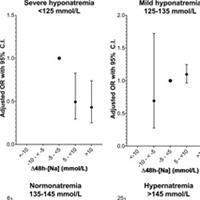
Serum Sodium and In-Hospital Mortality in Critically Ill Patients
In this large multicenter observational cohort study of ICU patients, we aimed to assess the independent association of changes in serum sodium in the first 48 hours of ICU admission with in-hospital mortality for patients... read more
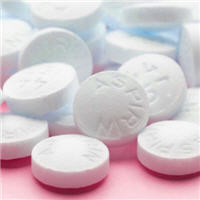
Aspirin is Linked with Increased Risk of Heart Failure
Aspirin use is associated with a 26% raised risk of heart failure in people with at least one predisposing factor for the condition. That’s the finding of a study published today in ESC Heart Failure, a journal of the European... read more
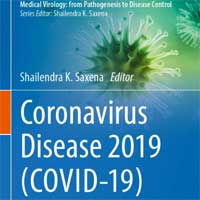
Coronavirus Disease 2019 (COVID-19): Epidemiology, Pathogenesis, Diagnosis, and Therapeutics
This book provides a comprehensive overview of recent novel coronavirus (SARS-CoV-2) infection, their biology and associated challenges for their treatment and prevention of novel Coronavirus Disease 2019 (COVID-19). Discussing... read more
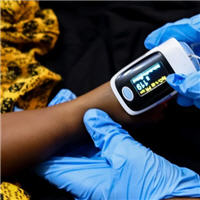
WHO Issues Guidelines on the Treatment of Children with MIS Associated with COVID-19
WHO issued updated guidelines on the management of multisystem inflammatory syndrome (MIS) in children associated with COVID-19 (MIS-C). MIS-C is a rare but serious condition where children with COVID-19 develop inflammation... read more

No Extra Risk For Transferring ECMO COVID-19 Patients
Previous experience has shown that transporting patients on extracorporeal membrane oxygenation (ECMO) is a safe and effective mode of transferring critically ill patients requiring maximum mechanical ventilator support to... read more
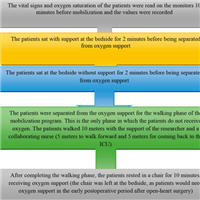
Impact of Mobilization on Vital Signs and Oxygen Saturation in Open-Heart Surgery
Early and frequent mobilization did not cause vital signs and oxygen saturation to deviate from normal limits in open-heart surgery patients. The difference between pulse and systolic blood pressure values measured before... read more

Post COVID-19 and Patients with and without Pre-existing ILD
A lot remains to be learned about the long-term effects of patients with interstitial lung disease (ILD) who survive COVID-19 infections. Clinicians need to better understand and recognize the effects of post-COVID 19 lung... read more

Facemask vs. Helmet – Noninvasive Ventilation
We use Noninvasive ventilation (NIV) to treat various disease processes, such as acute hypercapnic and hypoxemic respiratory failure, post-extubation failure, and neuromuscular diseases. Data supports NIV use in some conditions,... read more
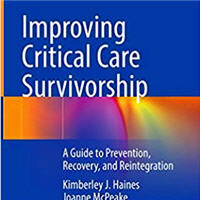
Improving Critical Care Survivorship: A Guide to Prevention, Recovery, and Reintegration
This book, just published, provides a comprehensive overview of improving critical care survivorship. Comprised of four sections, the text presents interventions that can be used to improve patient outcomes and reduce the... read more
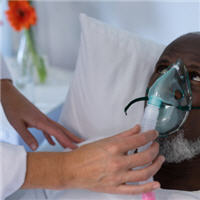
High Flow Nasal Oxygen: A Rising Star Waiting To Be Discovered
High flow nasal oxygen therapy (HFNO2) is gaining popularity of late and rapidly recognised as new oxygen therapy in the treatment of respiratory failure, and the fame exploded exponentially after the COVID-19 pandemic. HFNO2... read more
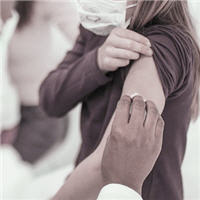
Risk Factors for Severe COVID-19 in Children
Results identify children at potentially higher risk of severe disease who may benefit from COVID-19 prevention efforts, including vaccination. Rates of severe COVID-19 establish a baseline for monitoring changes in pediatric... read more
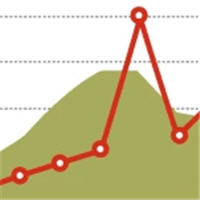
Mortality and Clinical Characteristics of MIS-C Associated with COVID-19
The clinical presentation and severity of Multisystem Inflammatory Syndrome in Children associated with COVID-19 (MIS-C) is widespread and presents a very low mortality rate in high-income countries. This research describes... read more
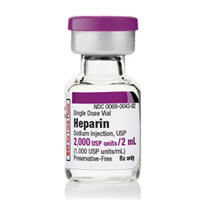
Effectiveness of Therapeutic Heparin vs. Prophylactic Heparin on COVID-19 Patients
In moderately ill patients with covid-19 and increased D-dimer levels admitted to hospital wards, therapeutic heparin was not significantly associated with a reduction in the primary outcome but the odds of death at 28 days... read more


